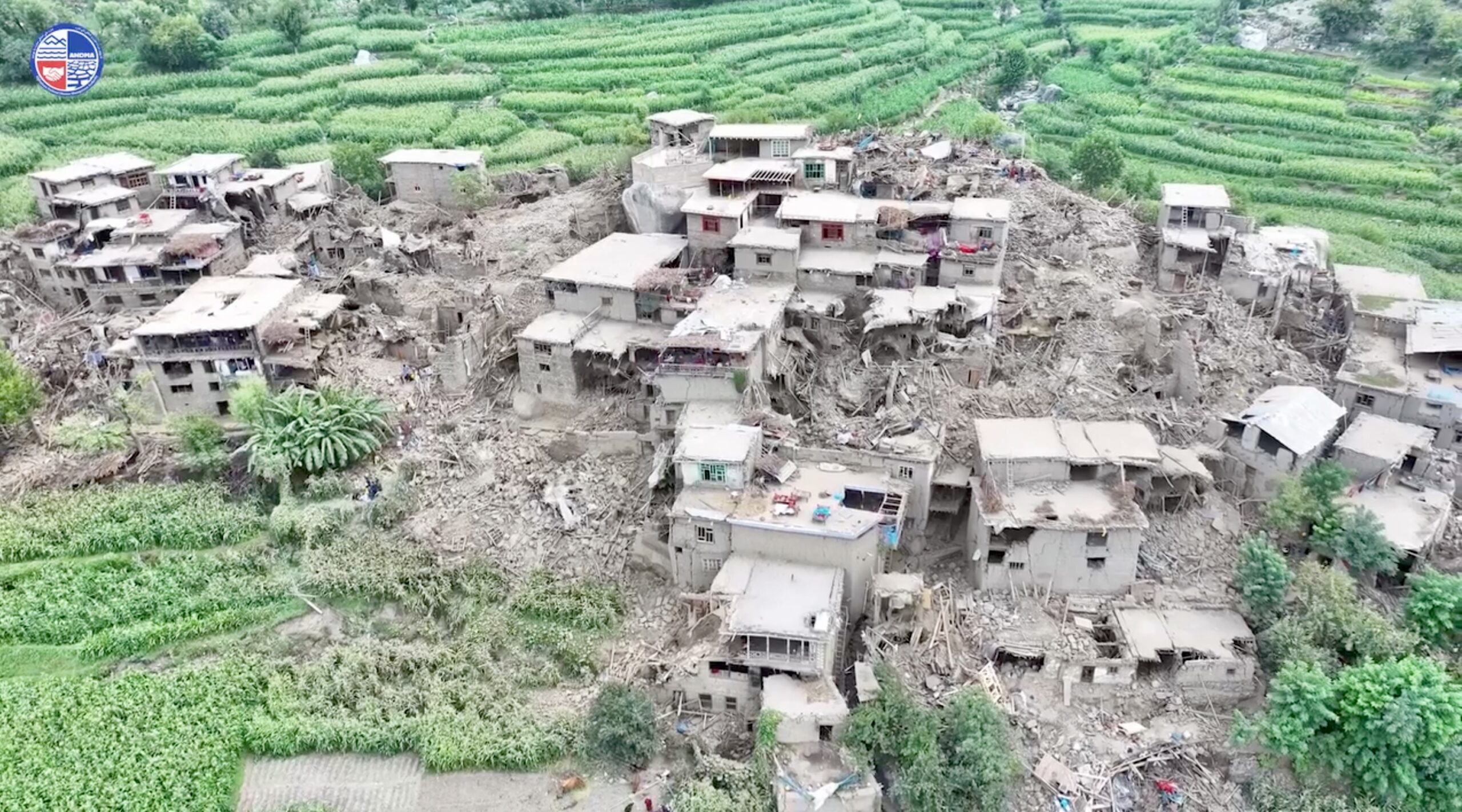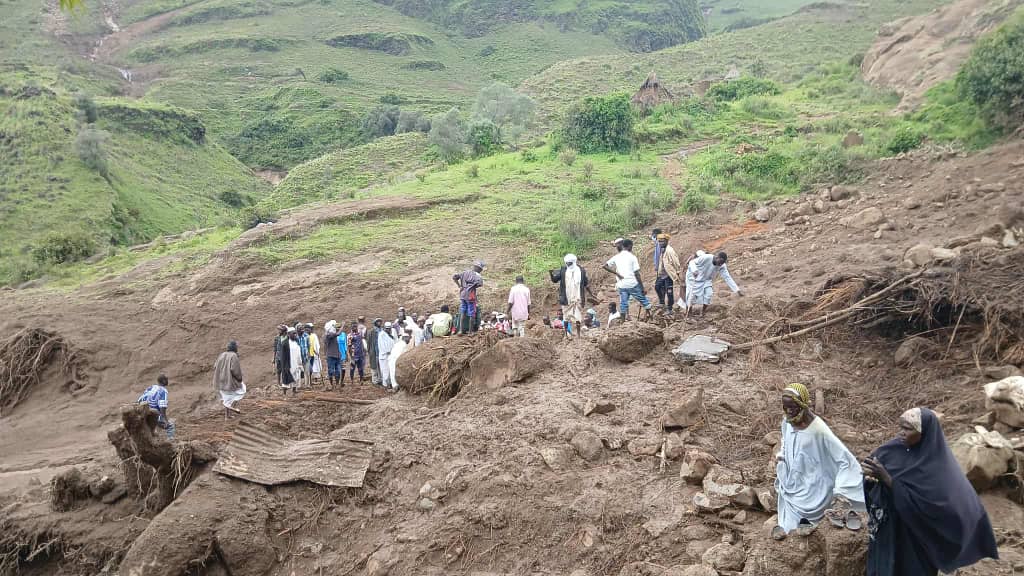Earthquakes in Afghanistan and a landslide in Sudan

Over the weekend, earthquakes in Afghanistan and a landslide in Sudan caused widespread damage and exacerbated existing humanitarian crises.
Afghanistan
A powerful 6.0 magnitude earthquake struck southeastern Afghanistan around midnight on Sunday, Aug. 31. At least 1,411 people died and more than 3,100 were injured, with the death toll expected to rise in the coming days. Rescue efforts have been hampered by difficult terrain and weather conditions. Save the Children reported that their aid workers walked 12 miles to reach villages cut off by rock falls, carrying medical equipment on their backs.
A second 5.5 magnitude earthquake shook the already devastated region near the epicenter of the first quake on Sept. 2, further complicating rescue efforts, although it did not result in more casualties.
About 5,400 homes were destroyed in the Kunar and Nangahar provinces, where most of the damage occurred. Most of these houses were made of wood and mud, collapsing on occupants when the earthquake hit in the middle of the night.
The earthquakes add to multiple crises in the country: the return of 1.2 million Afghans from Pakistan and Iran, extreme drought, a hunger crisis, gender apartheid, and political repression.

Sudan
A massive landslide buried the village of Tarasin in Sudan’s Marrah Mountains on Sunday, killing an estimated 1,000 people. Just one person in the village survived. The landslide occurred after several days of heavy rainfall.
Tarasin is not reachable by car or other means of transportation. Many of the victims sought refuge there after fleeing their homes elsewhere in Darfur to escape fighting between Sudan’s military and the paramilitary Rapid Support Forces.
Local officials stress that the disaster exceeds what the community can manage on its own, and international intervention is desperately needed. However, the village’s inaccessibility as well as ongoing conflict in the region make delivering aid especially difficult.
This landslide is one of the deadliest disasters in Sudan’s history and occurred amid the largest humanitarian crisis in the world. Millions of people of people have been displaced by conflict, many areas are experiencing famine, and brutal violence by both parties to the conflict have resulted in widespread human rights abuses.
How you can help
- Give cash. As with most disasters, experts recommend cash donations, which allow on-the-ground agencies to direct funds to the greatest area of need, support economic recovery and ensure in-kind donation management does not detract from disaster recovery needs.
- Support immediate and long-term needs to help survivors recover now and better withstand future disasters.
- Give to locally led humanitarian and aid entities whenever possible. These organizations are vital to long-term equitable recovery in communities after a disaster.
Join CDP’s effort to support long-term equitable recovery worldwide through our Global Recovery Fund.
